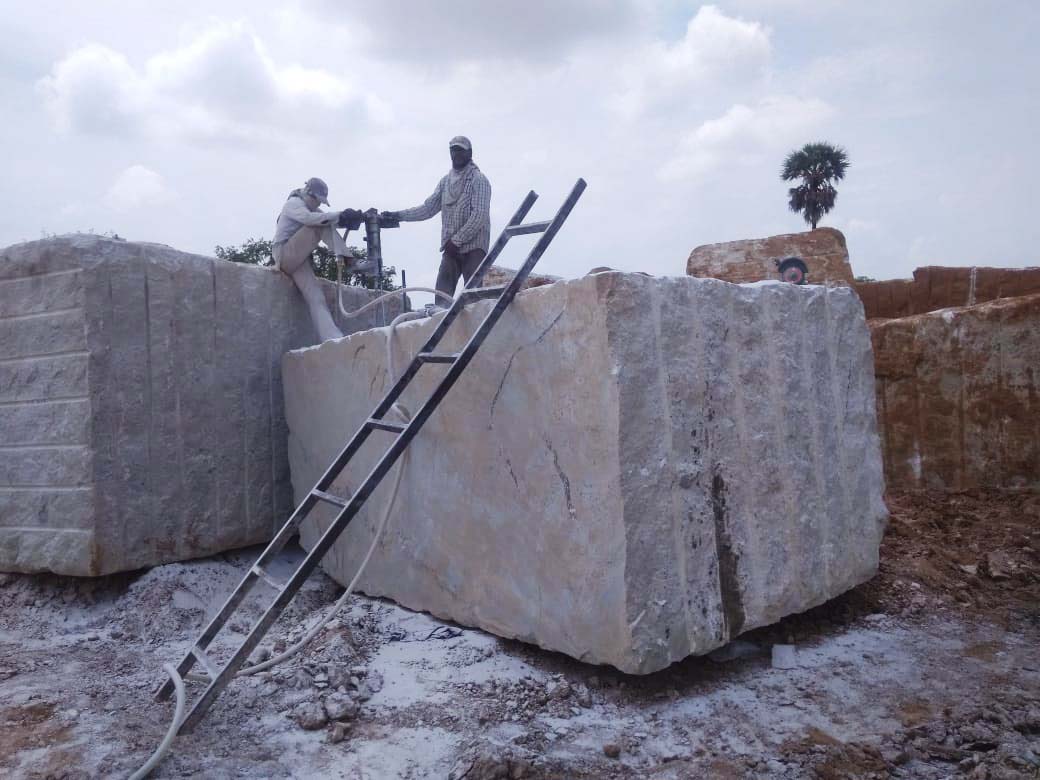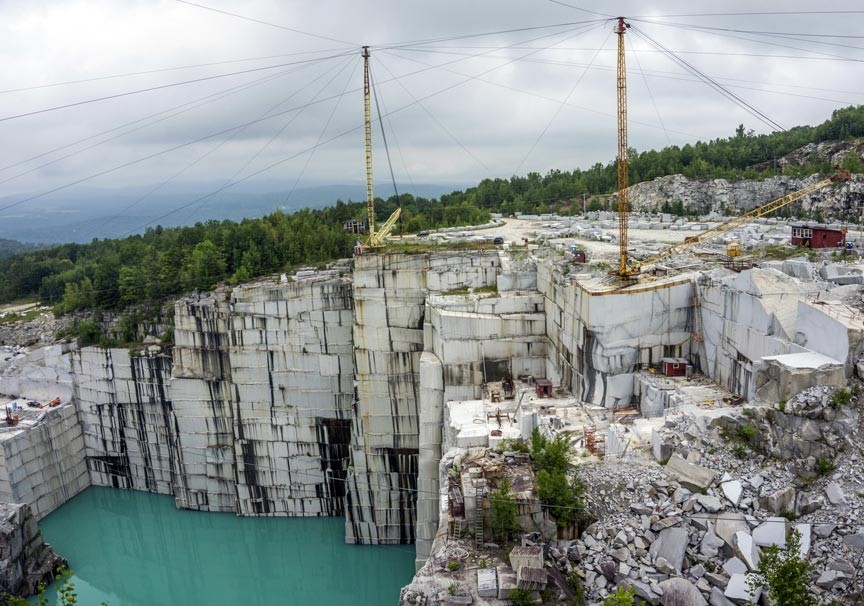Discovering Granite Quarries in South Africa: A Comprehensive Guide
Discovering Granite Quarries in South Africa: A Comprehensive Guide
Blog Article
Unveiling the Mysteries of Granite Quarrying: Where Stamina and Style Meet
The world of granite quarrying is a realm where the raw toughness of nature converges with human artistry to produce frameworks that stand the examination of time with an air of beauty. From the midsts of quarries to the thorough sprucing up in workshops, the process of transforming granite into building wonders is an intricate dance of tradition and advancement. As we peer right into the midsts of this old craft, we start to discover the concealed complexities that shape the really significance of our constructed setting.
The Beginnings of Granite Quarrying
In the annals of building history, the origins of granite quarrying are shrouded in a tapestry of old craftsmanship and geological marvels. Dating back to ancient Egypt and Mesopotamia, the extraction of granite from quarries marked the beginning of a journey that would ultimately cause the production of several of the globe's most iconic structures.
Granite quarrying's roots can be mapped to the experienced artisans who recognized the stone's resilience and aesthetic appeal. Through a combination of primitive devices and large resolution, these very early quarry workers discovered granite blocks that would become the building blocks of civilizations.
As civilizations evolved, so did the strategies of quarrying granite. The Romans, renowned for their design expertise, established advanced methods for removing granite to create monoliths, temples, and roads that stood the examination of time.
The tradition of these ancient quarrying practices proceeds to form contemporary architecture, with granite continuing to be an icon of stamina and beauty in construction tasks around the world. (granite quarries in south africa)
Tools of the Quarrying Profession
The development of granite quarrying techniques from old people to modern times highlights the critical duty played by the tools of the quarrying sell forming the industry's techniques. In ancient times, quarrying tools were primary, commonly consisting of knives, hammers, and wedges made from materials like bronze or iron. These devices needed significant workforce and time to extract granite obstructs from quarries.

In addition, the intro of pneumatically-driven tools and high-powered machinery has considerably decreased the physical labor needed in quarrying operations, enhancing worker safety and productivity. As the quarrying sector remains to introduce, the tools of the trade remain at the forefront have a peek at this website of driving progression and forming the future of granite removal.
Drawing Out Blocks of Granite
Using precision equipment and advanced strategies, the extraction of granite obstructs from quarries has become an advanced process in the modern-day quarrying industry. Managed blasting techniques are after that used to damage apart the granite right into manageable areas.

Sprucing Up and Finishing Techniques
To accomplish a flawless surface area on granite blocks, competent artisans use a series of meticulous sprucing up and finishing strategies. After the preliminary removal and shaping procedures, the granite blocks undertake a complete polishing stage to enhance their all-natural beauty and longevity. One typical approach utilized in brightening granite is diamond abrasion, where commercial diamonds are made use of to grind and polish the stone to a smooth coating. This process not just creates a glossy surface however additionally guarantees harmony in color and structure throughout the granite block.
In addition to sprucing up, ending up techniques are applied to additional improve the granite's appearance. These techniques may consist of flaming, sharpening, or brushing, each offering distinct structures and surfaces to match various aesthetic preferences. Flaming, for instance, includes subjecting the granite surface area to high temperature levels to create a rough, textured finish, suitable for outside applications where slip-resistance is necessary. Sharpening, on the various other hand, provides a matte finish that is smooth to the touch, perfect for indoor counter tops and flooring. By very carefully choosing and applying these polishing and completing methods, artisans can transform raw granite blocks into beautiful pieces that showcase both strength and elegance.

Ecological Impact and Sustainability
With the growing focus on environmental awareness in the industry, granite quarrying methods are increasingly inspected for visit their website their influence on natural sources and lasting sustainability. Quarrying for granite can have considerable ecological implications. The extraction procedure frequently entails using hefty machinery, nitroglycerins, and huge quantities of water, resulting in environment damage, soil disintegration, and water air pollution. Additionally, the transport of granite from quarries to processing centers produces carbon exhausts, even more contributing to environmental destruction. granite quarries in south africa.
To reduce these effects and make sure sustainability in granite quarrying, sector stakeholders are taking on numerous actions. Implementing advanced technologies to decrease energy consumption and water usage, reclaiming quarried land for ecological remediation, and promoting responsible sourcing practices are some strategies being employed. Furthermore, certifications such as the Forest Stewardship Council (FSC) and the Management in Power and Environmental Style (LEED) assistance consumers identify eco-friendly granite items.
Final Thought
To conclude, granite quarrying is a procedure that requires specialized devices and methods to extract blocks of Discover More granite and brighten them to a high level of coating. While the environmental influence of quarrying can be considerable, efforts are being made to enhance sustainability practices in the market. In general, granite quarrying is a fragile balance in between utilizing the toughness and beauty of this all-natural stone while decreasing its effect on the setting.
Report this page